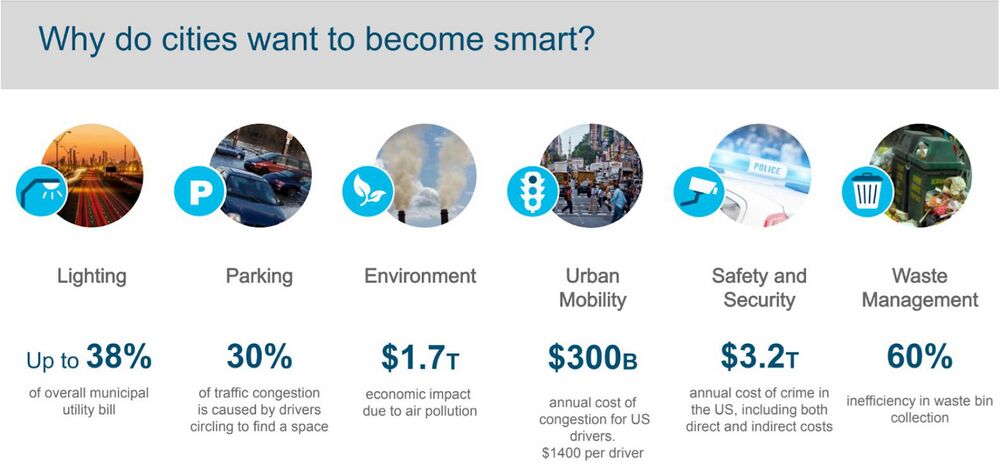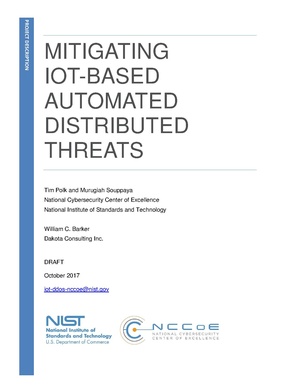Benefits and Cybersecurity and Privacy Risks
| Cybersecurity and Privacy | ||||||
|---|---|---|---|---|---|---|

| ||||||
| Sectors | Cybersecurity and Privacy | |||||
| Contact | Lan Jenson | |||||
| Topics | ||||||
Activities
| ||||||
- Authors




 [[File:|x100px|link=Alex Huppenthal]]
[[File:|x100px|link=Alex Huppenthal]]











 [[File:|x100px|link=Ed Walker]]
[[File:|x100px|link=Ed Walker]]


{{{summary}}}
Cities and communities stand to harvest unprecedented benefits from advances in
information and communications technologies (ICT), in general, and Internet of
Things (IoT) and Artificial Intelligence (AI), in particular. Smart cities inevitably
introduce new or heighten existing cyber risks, which demand proper consideration
in design to ensure the optimal realization of intended Smart City outcomes.
Smart Cities Benefits
Smart cities are associated solutions and capabilities defined by the integration of technology, connectivity, and data to improve the quality of and accessibility to citizen services and to improve the livability of the city and community. Smart cities have the potential to address key challenges, including air and other environmental pollution, traffic congestion, crime, and economic development. Many of these challenges can be directly connected to a direct and/or an indirect fiscal impact (e.g., operational costs, lost economic productivity); conversely, Smart City solutions may have direct benefits in terms of improved services or livability as well as associated benefits of cost savings through enhanced efficiency and a boost in economic productivity, development, and opportunity.
While there are many benefits associated with the promise of Smart Cities, there are also many risks and opportunities for unintended consequences. For Smart Cities to truly be successful and reach their full potential, it is important for those designing, developing, and implementing Smart City solutions to properly manage risk. Risk, in the context of Smart Cities, may be found in many common categories such as operational, financial, technical, contractual, legal, reputational, and political risk; however, one area of risk that is becoming increasingly important is cybersecurity and privacy risk. Addressing cybersecurity and privacy by design is critical to risk mitigation and enabling the successful development of Smart Cities and its benefits to citizens.
Cybersecurity and Privacy Risk
Risk (R) is commonly considered a function of three factors: vulnerability (V), threat (T), and consequence (C). While there is some contention on what the appropriate formula is, there is a clear, positive relationship between risk and each of its three variables (e.g., as consequence increases, risk increases). A common mathematical expression of risk is that risk is the product of vulnerability, threat, and consequence – or R = V x T x C.
This general notion of risk certainly applies in the cybersecurity and privacy context. With the increasing ubiquity of connectivity, cybersecurity and privacy risk is a concept that must be thoroughly considered in most, if not all, domains, including the Smart City environment. Risk in the Smart City context can be attributed to a wide variety of factors given the nearly infinite permutations of potential Smart City-related vulnerabilities, threats, and consequences.
| Example Smart City Cybersecurity and Privacy Vulnerabilities, Threats, and Consequences | ||
|---|---|---|
| Shopping List | Vulnerabilities | Threats |
|
|
|


